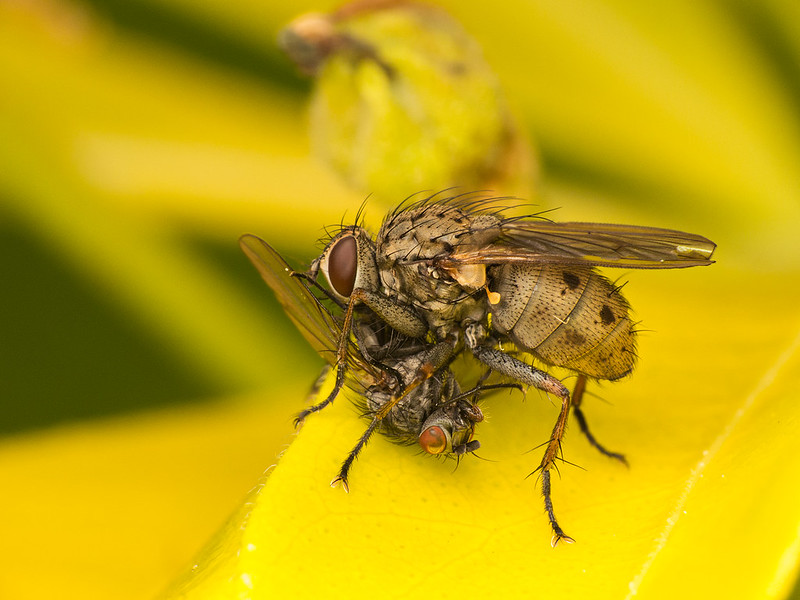- Messages
- 81
- Name
- Nick
- Edit My Images
- No
The generally gist of my problem is this: I want to try macro photography as its something I've never done. The kit I own (18-55mm f/3.5-5.6 and 55-300mm f/4-5.6) is excellent kit IMHO but doesn't focus at close distance. The 55-300 which I see myself using for macro stuff has a minimum focus distance of 1.4m. I've looked into cheap options to deal with this and have come with a few possible options.
A. a close up filter
B. extension tubes
C. Attach the lens in reverse with an adapter.
(D. Buy a macro lens for lots of money and live in greater poverty because i'm a student)
I really do not like the sound of option C, seams foolish to me to expose the camera end of a lens to the world as its the hardest end to clean and could result in extra dust being introduced to the sensor when the lens is used normally again. Option A seem like a good idea, it allows for auto focus and does't involve changing lens if the 55-300 is already attached but I suspect will introduce distortion and aberrations. And finally option B, which is so far my favourite, doesn't create aberrations or distortion (as no optics are included) so creates the best image and isn't specific to the diameter of the end of the lens but doesn't allow for auto focus at the price I would be willing to spend at this point. If I find macro shots to be something I wish to do regularly enough and I get on with extension tube's I would fork out for autofocus once's since its still cheaper than a macro lens.
So I feel I've done some good research and am leaning heavily towards extension tubes but before I spend any money I would like to ask if any macro photographers have any advice or guidance they are willing to give as to which option is best. I know for many people such purchases might not be quite so significant and would consider just buying one to see if it works, however on a student budget I do not have to financial freedom try multiple systems.
Thank you in advance for any advice, Nick
A. a close up filter
B. extension tubes
C. Attach the lens in reverse with an adapter.
(D. Buy a macro lens for lots of money and live in greater poverty because i'm a student)
I really do not like the sound of option C, seams foolish to me to expose the camera end of a lens to the world as its the hardest end to clean and could result in extra dust being introduced to the sensor when the lens is used normally again. Option A seem like a good idea, it allows for auto focus and does't involve changing lens if the 55-300 is already attached but I suspect will introduce distortion and aberrations. And finally option B, which is so far my favourite, doesn't create aberrations or distortion (as no optics are included) so creates the best image and isn't specific to the diameter of the end of the lens but doesn't allow for auto focus at the price I would be willing to spend at this point. If I find macro shots to be something I wish to do regularly enough and I get on with extension tube's I would fork out for autofocus once's since its still cheaper than a macro lens.
So I feel I've done some good research and am leaning heavily towards extension tubes but before I spend any money I would like to ask if any macro photographers have any advice or guidance they are willing to give as to which option is best. I know for many people such purchases might not be quite so significant and would consider just buying one to see if it works, however on a student budget I do not have to financial freedom try multiple systems.
Thank you in advance for any advice, Nick





